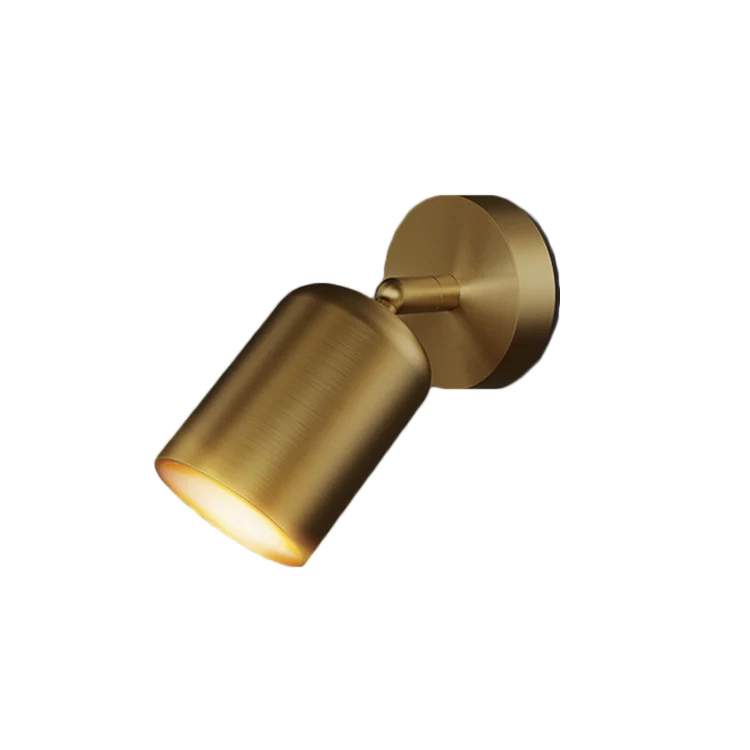LEAFLETS
PRODUCTS
Table Lamp Energy Efficiency
Understanding Wattage and Lumens
The most straightforward measure of a table lamp's energy consumption is its wattage (W). Wattage indicates the amount of electrical power the lamp uses per hour. A lower wattage generally translates to lower energy consumption. However, wattage alone doesn't tell the whole story. It's crucial to consider the lamp's luminous flux, measured in lumens (lm). Lumens represent the total amount of visible light emitted by the lamp. A high-lumen lamp produces more light for a given wattage, indicating better efficiency.
For example, a 60-watt incandescent bulb might produce around 800 lumens, while a modern 9-watt LED bulb can achieve the same brightness. The LED bulb, consuming significantly less energy, demonstrates superior energy efficiency. Always compare lumens, not just watts, when evaluating table lamps. Look for lamps with a high lumens-per-watt (lm/W) ratio – this signifies a more energy-efficient option.
The Impact of Bulb Technology
The type of bulb used dramatically affects a table lamp's energy efficiency. Incandescent bulbs, while familiar, are notoriously inefficient, converting only a small percentage of electricity into light and releasing the rest as heat. Halogen bulbs are slightly more efficient than incandescent bulbs but still significantly less so than other technologies. Fluorescent bulbs, both compact fluorescent lamps (CFLs) and linear fluorescent tubes, offer a substantial improvement in efficiency, but they contain mercury and can take time to reach full brightness.
Light-emitting diodes (LEDs) currently represent the most energy-efficient lighting technology available. LEDs convert a much higher percentage of electricity into light, producing significantly more lumens per watt than incandescent, halogen, or even fluorescent bulbs. Furthermore, LEDs boast a much longer lifespan, reducing the frequency of bulb replacements and minimizing waste. Choosing a table lamp compatible with LED bulbs is an environmentally friendly and cost-effective choice.
The Role of Lamp Design
Beyond the bulb itself, the design of the table lamp itself contributes to its overall efficiency. The lampshade plays a crucial role in directing light and minimizing light loss. A well-designed lampshade directs light where it's needed, preventing light from spilling unnecessarily into unwanted areas. Poorly designed lampshades, on the other hand, can scatter light inefficiently, reducing overall brightness and wasting energy.
The material of the lampshade also matters. Opaque shades absorb more light than translucent ones, reducing the amount of light emitted. The color of the lampshade also affects the light output; darker shades absorb more light than lighter ones. Consider these factors when choosing a table lamp; opt for a design with a translucent, light-colored shade that directs light effectively.
Energy-Saving Features
Some table lamps incorporate energy-saving features beyond simply using energy-efficient bulbs. Dimmable lamps, for instance, allow you to adjust the brightness according to your needs. Using a dimmer switch enables you to reduce energy consumption significantly when full brightness isn't required. This feature is particularly beneficial for tasks that don't demand maximum illumination.
Sensors that automatically turn the lamp on and off based on occupancy or ambient light levels are another energy-saving innovation. These sensors prevent the lamp from running unnecessarily when not in use, contributing to significant energy savings over time. While these features might add to the initial cost of the lamp, the long-term energy savings often justify the investment.
Choosing an Energy-Efficient Table Lamp
To maximize energy efficiency, consider the following factors when choosing a table lamp: Look for lamps with high lumens-per-watt ratings. Opt for LED bulbs, as they provide the highest energy efficiency. Select a lamp with a well-designed lampshade that directs light effectively. Consider dimmable lamps or lamps with occupancy sensors for further energy savings. Check the Energy Star certification; Energy Star certified products meet specific energy efficiency standards.
By carefully considering these factors, you can choose a table lamp that provides adequate illumination while minimizing energy consumption and reducing your environmental impact. The initial investment in an energy-efficient table lamp will pay off in lower electricity bills and a smaller carbon footprint in the long run. Remember that energy efficiency isn't just about saving money; it's also about contributing to a more sustainable future.
SUBSCRIBE
INQUIRY










